
A collapsing gas cloud about 4.5 billion years ago created the Sun, and this star was the first object to form in our Solar System.
Then the planets began to appear as billions of gas and dust particles left over from the Sun's formation coalesced into a flat disk.
Called the protoplanetary disk, this disk is huge and surrounds the Sun for billions of miles. Inside the disk, gas and dust particles begin to collide, condense, and stick together, much like snowflakes stick together to form snowballs.
As the particles stick together, the microscopic particles become pebble-sized objects and then grow larger. Some of the pebbles gradually become baseball-sized boulders, others the size of a house, and a few as large as a planet.
This process, called accretion, is how everything in the Solar System — planets, moons, comets, and asteroids — formed.

The icy boundary
Through computer models and observations of the formation of other star systems, astronomers have learned a lot about the early days of the Solar System.
When the Sun was still forming and the protoplanetary disk was creating the planets, there was a distance from the Sun that was cold enough for ice to form. There, the ice boundary—sometimes called the snow boundary—was located in what is now the asteroid belt, between Mars and Jupiter.
Today, ice is found on almost every planet, even Mercury has ice. But back then, only the young primitive planets outside the frigid boundary were cold enough to have ice.
Ice, gas, and dust, colliding over millions of years, accumulated into giant clumps of matter that eventually became the giant planets Jupiter, Saturn, Uranus, and Neptune.
While all this was going on, smaller planets inside the icy boundary were also forming. But with less raw material to build planets, Mercury, Venus, Earth, and Mars took much longer.
It is now believed that Jupiter and Saturn, the largest planets, were the first to fully form within a few million years. Uranus and Neptune were next, within 10 million years.
The inner planets, including Earth, took at least 100 million years, possibly even longer, to form.
In other words, the four planets closest to the Sun are the youngest; the two furthest are the second youngest; and the two planets in between are the oldest. The age difference between the youngest and oldest planets could be as much as 90 million years.
It may sound like a huge age difference, but in space, 90 million years is actually not that long, 90 million years is still less than 1% of the total time the universe has existed. We can think of it this way: Earth is like a little sister with a big brother, Jupiter, who is 2 or 3 years older.

Position order
Soon after their formation, the giant planets began to move towards or away from the Sun and eventually settled into their orbits as we see them today.
For example, Neptune moved farther away, swapping places with Uranus, and pushed many small, icy bodies into the Kuiper belt, a region in the outer Solar System that is home to the dwarf planets Pluto, Eris, and Makemake, and millions of comets.
Meanwhile, Jupiter moved inward, and its massive gravity caused some of the forming planets to be swallowed by the Sun, causing them to disintegrate. Along the way, Jupiter threw some smaller rocks out of the Solar System, while others were pushed into the asteroid belt.
But most importantly, as Jupiter entered its own orbit, it displaced all the forming bodies and was able to determine the positions of the remaining inner planets, including Earth.
All of Jupiter's pull has helped push our planet into the so-called "Goldilocks zone," a place at just the right distance from the Sun where Earth could have liquid water on its surface and temperatures suitable for life to evolve.
If Jupiter hadn't formed the way it did, it's entirely possible life wouldn't have exploded on Earth — and we wouldn't be here today.
Source: https://dantri.com.vn/khoa-hoc/nguoi-hung-tham-lang-giup-trai-dat-hinh-thanh-su-song-20250520012849470.htm



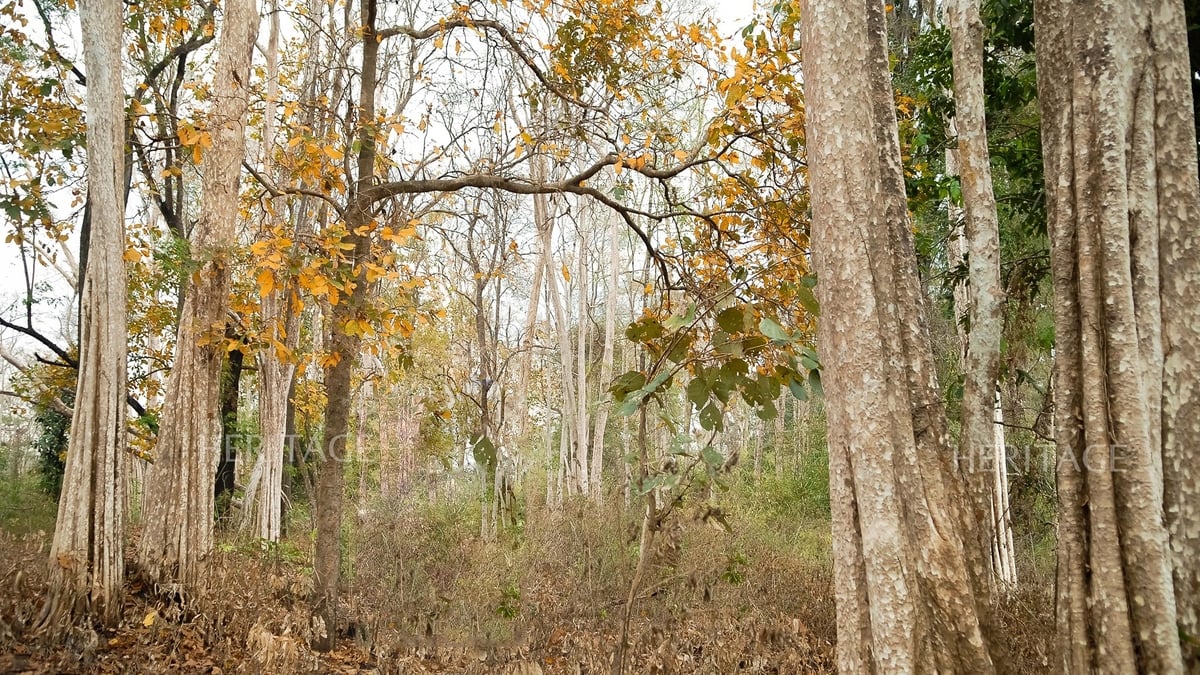


![[Photo] Award ceremony for works on studying and following President Ho Chi Minh](https://vphoto.vietnam.vn/thumb/1200x675/vietnam/resource/IMAGE/2025/5/20/a08ce9374fa544c292cca22d4424e6c0)

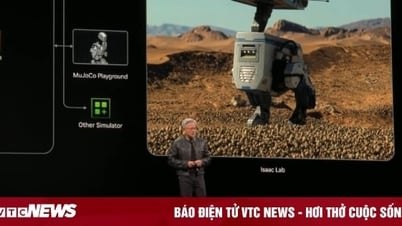




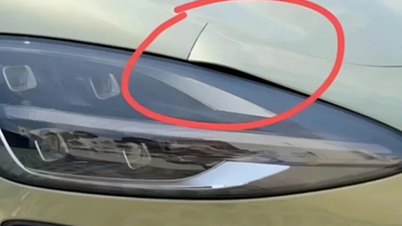











![[Photo] Vietnamese shipbuilding with the aspiration to reach out to the ocean](https://vphoto.vietnam.vn/thumb/1200x675/vietnam/resource/IMAGE/2025/5/20/24ecf0ba837b4c2a8b73853b45e40aa7)







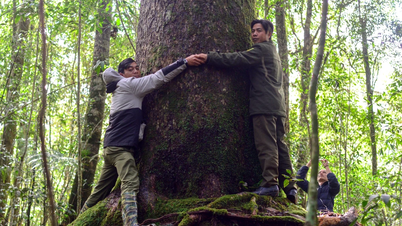


















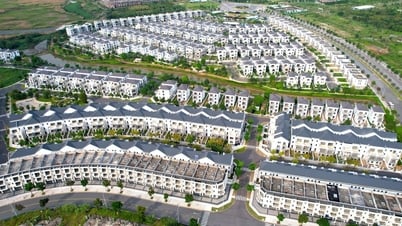

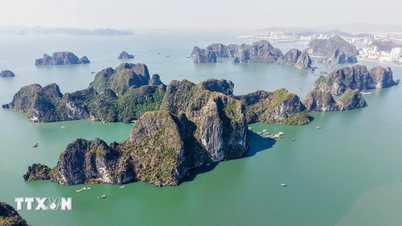



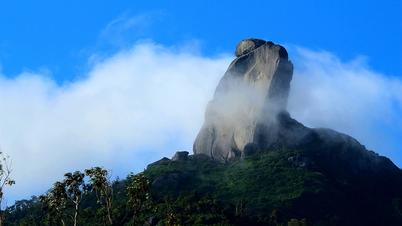
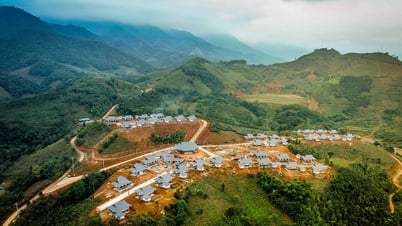



























![[VIDEO] - Enhancing the value of Quang Nam OCOP products through trade connections](https://vphoto.vietnam.vn/thumb/402x226/vietnam/resource/IMAGE/2025/5/17/5be5b5fff1f14914986fad159097a677)
Comment (0)